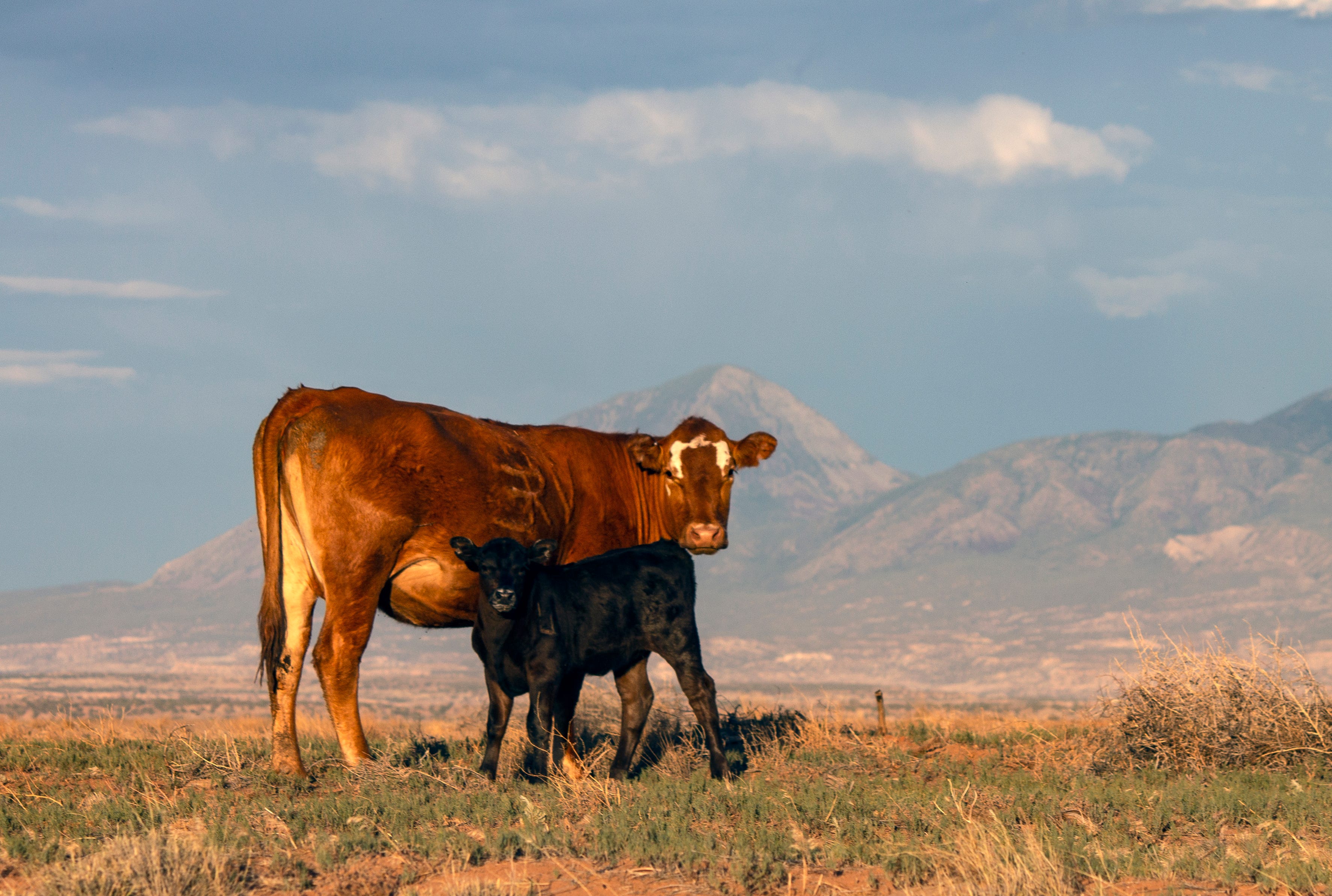Cows, climate, and public land grazing
And more

Oodles of studies have been published on public land livestock grazing’s impacts on Western landscapes and water. Cattle can trample cryptobiotic crust, increasing the amount of dust in the air and on the snowpack and clearing the way for a cheatgrass invasion. They wreck riparian areas. And their impacts linger for years or even decades after grazing has ended.
This spring a quartet of Oregon researchers shined a spotlight on another problem caused by that public-land cheeseburger: exacerbation of climate change.
You might be thinking: Tell me something I don’t know. After all, it’s common knowledge that cows emit methane and that methane is a potent greenhouse gas. The satellite imagery that revealed the infamous Four Corners Methane Hot Spot—visible as a big blob of CH4 hovering over the San Juan Basin’s oil and gas fields—also showed methane hot spots over specific feedlots in California’s Central Valley.
But this new study, Livestock Use on Public Lands in the Western USA Exacerbates Climate Change: Implications for Climate Change Mitigation and Adaptation, demonstrates that public land grazing is likely worse for the climate than fattening up cows in feedlots.


